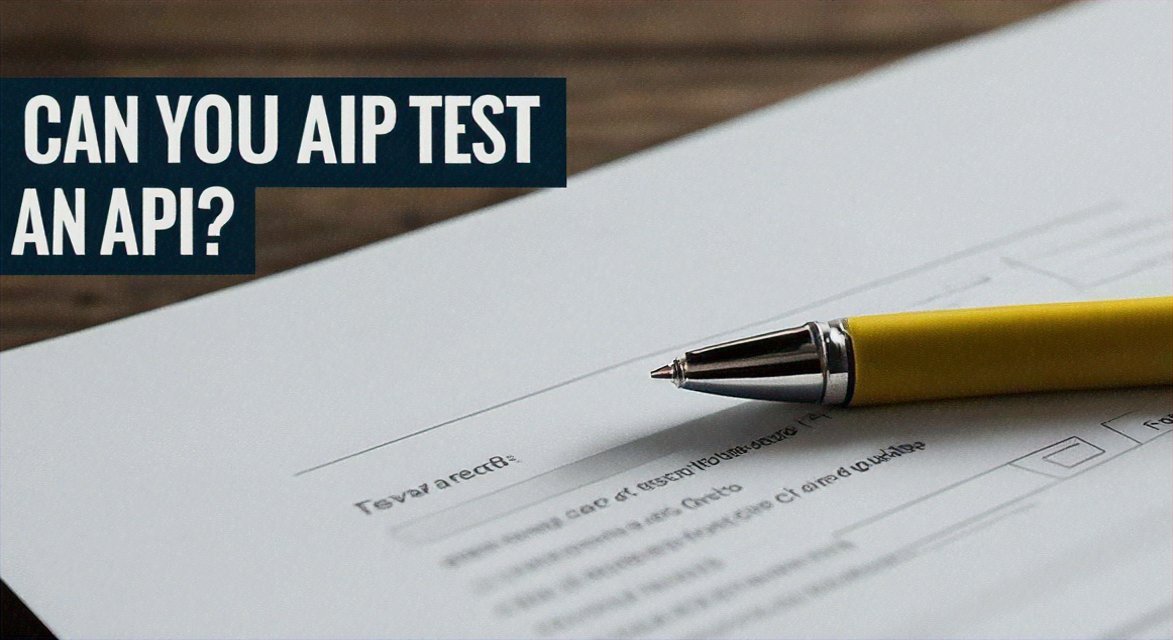API QA Testing for Beginners: A Step-by-Step Tutorial 🚀

Welcome to the world of API QA testing! If you're new to this field, you've come to the right place. In this comprehensive guide, we'll walk you through the basics of API QA testing, providing you with a step-by-step tutorial to help you get started. Whether you're a developer, tester, or simply curious about the world of APIs, this article will equip you with the knowledge and skills needed to excel in API QA testing.
Understanding API QA Testing 🧐
Before diving into the steps, let's first understand what API QA testing is all about. API QA testing, also known as API testing, is the process of validating the functionality, reliability, and performance of an API. It ensures that the API meets the required specifications and performs as expected.
Why is API QA Testing Important? 🤔
API QA testing is crucial for several reasons:
- Ensures API Reliability: By testing APIs, you can identify and fix bugs, ensuring that the API functions correctly.
- Improves Performance: API testing helps identify performance bottlenecks, allowing you to optimize the API for better performance.
- Enhances Security: API testing helps uncover security vulnerabilities, ensuring that your API is secure from potential threats.
- Facilitates Integration: API testing ensures that the API integrates seamlessly with other systems and applications.
Step 1: Choose the Right Tools 🛠️
The first step in API QA testing is to choose the right tools. There are several tools available, each with its own set of features and capabilities. Some popular API testing tools include Postman, SoapUI, and JMeter.
Choosing the Right Tool for Your Needs 🎯
When choosing an API testing tool, consider the following factors:
- Ease of Use: Choose a tool that is easy to use and understand, especially if you're new to API testing.
- Features: Look for a tool that offers the features you need, such as request and response validation, performance testing, and security testing.
- Integration: Ensure that the tool integrates well with your existing development and testing environments.
Step 2: Understand the API 📚
Before you start testing the API, it's essential to understand its functionality and specifications. This includes understanding the API's endpoints, request and response formats, and any specific requirements or constraints.
How to Understand an API 🧑💻
To understand an API, follow these steps:
- Read the API Documentation: The API documentation should provide you with all the necessary information about the API, including its endpoints, request and response formats, and any specific requirements or constraints.
- Experiment with the API: Use tools like Postman to make requests to the API and observe the responses. This will help you understand how the API behaves under different conditions.
- Consult with Developers: If you're unsure about any aspect of the API, don't hesitate to consult with the developers who built it.
Step 3: Plan Your Test Cases 📝
Once you have a good understanding of the API, the next step is to plan your test cases. Test cases are a set of predefined conditions or scenarios that you will use to test the API.
How to Plan Test Cases 📊
To plan your test cases, follow these steps:
- Identify Test Objectives: Determine what you want to achieve with your test cases. For example, you might want to test the API's functionality, performance, or security.
- Define Test Scenarios: Based on your test objectives, define the test scenarios you will use to test the API. For example, you might want to test the API's response to valid and invalid requests, or test its performance under different load conditions.
- Create Test Cases: For each test scenario, create a test case that outlines the steps you will take to test the API and the expected results.
Step 4: Execute the Test Cases 🚀
With your test cases planned, it's time to execute them. This involves using your chosen API testing tool to make requests to the API and observe the responses.
How to Execute Test Cases 📈
To execute your test cases, follow these steps:
- Set Up Your Testing Environment: Ensure that your testing environment is properly configured and that you have access to the API.
- Run Your Test Cases: Use your API testing tool to run your test cases. Observe the responses and compare them to the expected results.
- Record Results: Record the results of your test cases, including any issues or bugs you encounter.
Step 5: Analyze and Report 📊
Once you've executed your test cases, it's time to analyze the results and report any issues or bugs you've found.
How to Analyze and Report Results 📝
To analyze and report your results, follow these steps:
- Review Test Results: Review the results of your test cases and identify any issues or bugs.
- Prioritize Issues: Prioritize the issues based on their severity and impact on the API's functionality.
- Report Issues: Document the issues and report them to the developers responsible for fixing them.
Conclusion 🎉
Congratulations! You've now completed your first API QA testing tutorial. By following these steps, you should have a good understanding of the basics of API QA testing and be well on your way to becoming an expert in this field.
Further Reading 📚
- Postman Documentation
- SoapUI Documentation
- JMeter Documentation
- API Testing Best Practices
- API Testing Tutorial
Happy testing! 🎉

